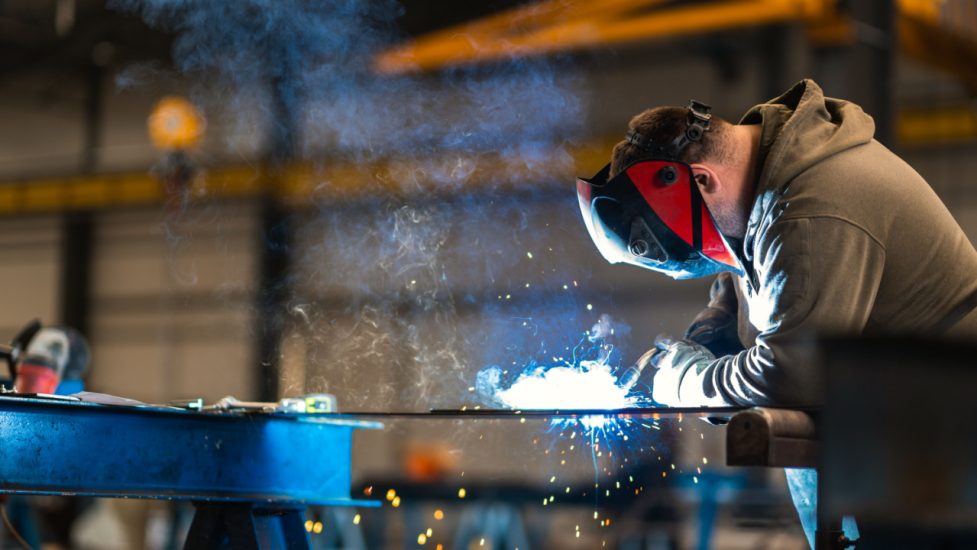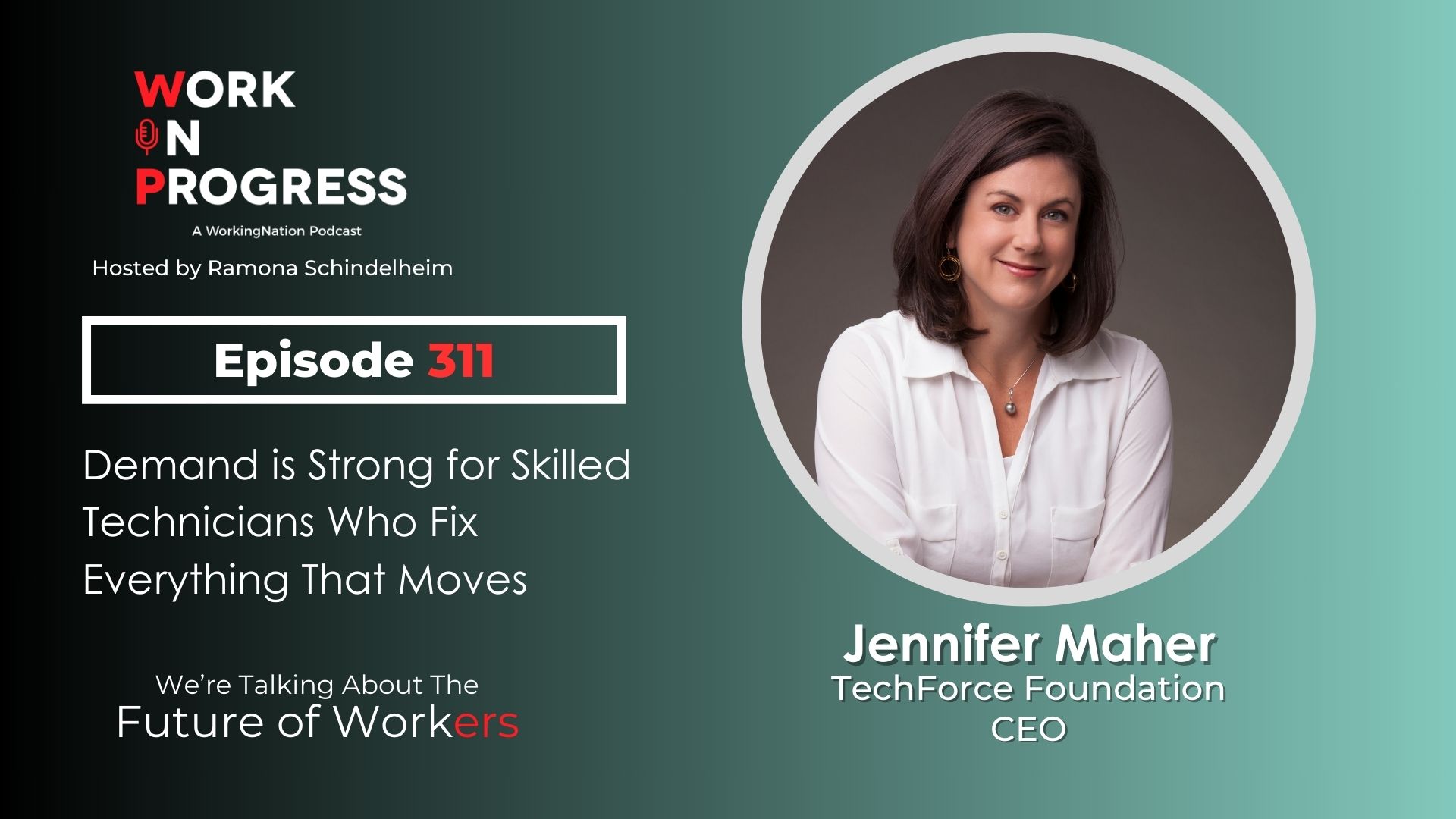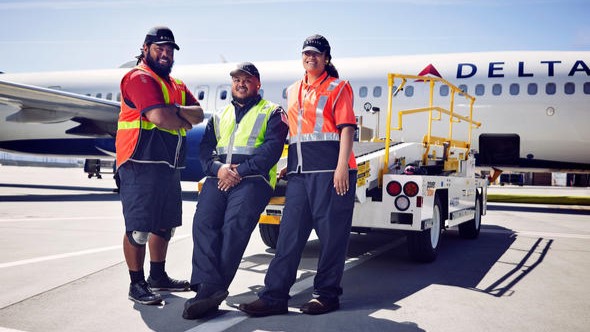Leaders in the skilled trades in Ohio and Pennsylvania are looking for a solution to the region’s workforce shortage. One path for them is awareness. They’re touting the benefits of a career in the skilled trades to a new generation, pointing out the opportunities, the pay, and how to gain the skills needed to get ahead.
“For the job seeker, there’s a ton of opportunity; opportunities that didn’t exist five, 10, 20 years ago,” says Gary Hartman, association services director for The Builders Association of Eastern Ohio and Western Pennsylvania.
“If you’re looking for a job, the world is your oyster. There are so many places you can apply, and if you don’t like a company, another company is hiring too.”
These open jobs include work for electricians, ironworkers, plumbers, construction site engineers, and many more fields needed to build and maintain commercial and residential buildings and community infrastructures. Pay for these fields are above minimum wage and many of them are unionized.
Changing the Perception of a Skilled Job
The skilled trade job as a “dirty job” stigma remains at a time when Hartman estimates the region is short 400 workers.
“It’s not like the 1950s with smoke pouring out of the mills but there’s still that stigma of ‘do you want to work in a laborious job all day?’ My industry constantly battles that,” Hartman says.

“But in reality, skilled trades on the construction side starts at lucrative work, and the work projection is fantastic in Ohio and western Pennsylvania. The longevity for a career is very positive for that outlook. Somebody coming into the field today could spend the next 20-25 years with no issues or concern with jobs closing down or drying up.”
The typical journey worker’s age is 46. Retirement opens at 50, and the flow of people with 10 years of experience or more is not as steady as it used to be. With affordable housing, low cost of living, and competitive pay, Hartman says the job market has expanded but the pool of qualified employees has shrunk.
“It’s almost a hard pill to swallow for a lot of individuals that maybe your kid doesn’t need to go to college since there’s more opportunity in the trades, manufacturing, innovation, and fabricating. We’re creating the mind shift to that,” Hartman says.
His association’s approach is exposing students as young as middle school to the possibilities, and those in their late 20s to the options. In partnership with workforce boards, the industry and school districts, early career exploration starts with an interactive skilled trades day for 5,000 students.
“Shop classes on steroids” are offered as pre-apprenticeship programs in schools, and as students progress through high school, they can take classes to earn industry-related credentials. Combined with meeting graduation requirements, it enables them to enter into apprenticeships.
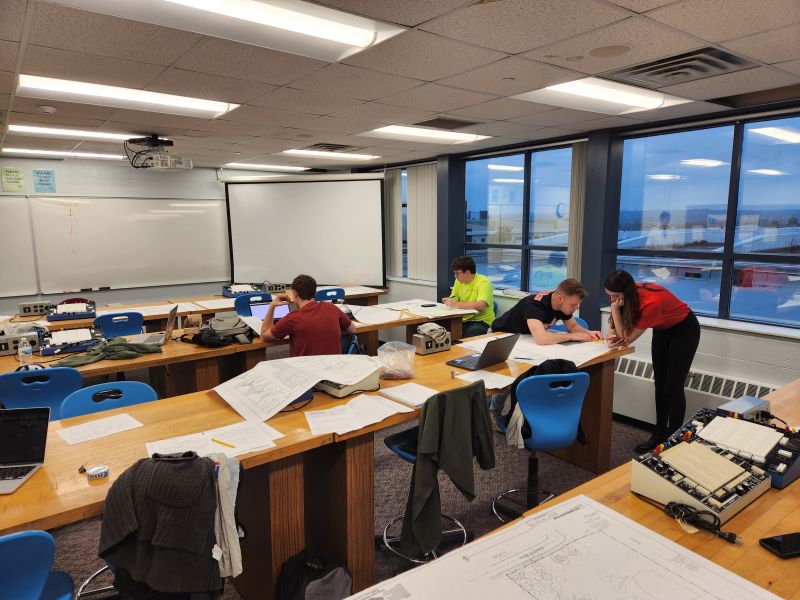
Upon graduating this spring, 21 students entered into apprentice programs. Schools held signing days for high school seniors for job placements, similar to what’s been done for athletics.
Partnerships with local workforce generators, chambers of commerce and workforce coalitions also boost marketing and advertising of training opportunities.
Making a Career Pivot
For students who go on to college and realize it’s not the pathway they thought it would be or the debt is too great, or the older 20s individual who wants a pivot out of their post-university career, Hartman says they’re attracting those folks as well.
“For a 26-to-30-year-old, by word of mouth or suggestions from family members, it’s funny how life changes you. Your view of things at 18 versus 26 are different. Lots of times it’s life events – children, responsibilities, family – that turn them over,” he says.
Ironworker Tanner Stellmar found his way to the skilled trades after a short stint in college. He says it lasted just three weeks. He left school, and returned to a restaurant where he worked during high school. A friend of his told him about ironwork.
“I never really knew ironworking was a thing. I never heard of it,” Stellmar says. “I always saw plumbers, carpenters, electricians, and stuff like that. I never heard of ironworking until my buddy told me about it. You get to do a lot of cool stuff: weld, burn, lift up 2500-pound pieces. I was really interested.”
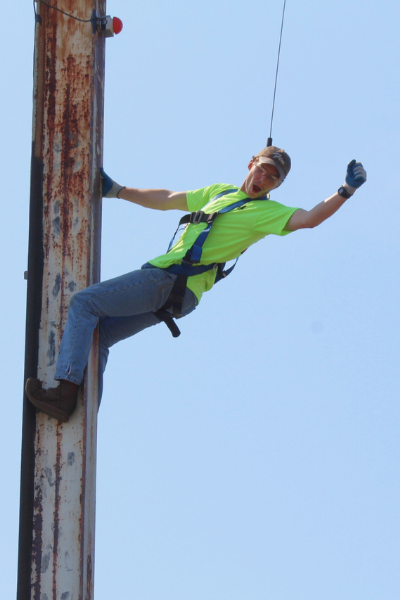
He just graduated the apprenticeship program and is a member of union Local 207, through which he’s worked on jobs in community buildings, the local mall, restaurants and mills. He says during his high school days, only students who went to tech schools learned about the trades.
“It was more getting everybody ready for college as fast as you can. I think that’s good that everyone wants their kid to be a doctor or lawyer, but you can’t be a doctor or lawyer if there’s nobody there to put up their building,” Stellmar says.
“A lot of kids like me didn’t know what they wanted to do. The choice was work at a mom-and-pop store in town or go to college. I think if you introduce some of the trades to kids in younger grades, even 10th grade, they know I can go to college or into the trades and make money.”
Stellmar is already seeing the early benefits to the job like health care and retirement, things that aren’t on the minds of most students.
“It’s easy to talk to kids about how much money they’ll make, but hard to explain you’ll have $1M in your annuity by the time you’re 54,” Hartman says. “I think as a person starts maturing and has life experience, it’s easier to talk about that. Often times, healthcare is a huge selling points because in our industry, healthcare is top notch.”
While seen as an alternative path, it’s often mistaken as being an easier one. Stellmar dispels that myth.
“A few people who do this think it’s going to be smooth sailing and a lot of times it’s not. You can sit down and write out a plan and the minute you show up to work, it can change. The weather, other contractors on the job – it can get stressful. It’s a hard-working, labor-intensive job. You can’t be afraid of dirt and grease,” he says. “But as long as you can get over that, you’re golden.”

NOTE: If you are in the eastern Ohio and western Pennsylvania region and are interested in finding out more about what a skilled trade career can offer you, the annual Mahong Valley Skilled Trade Expo is September 20 and 21.

